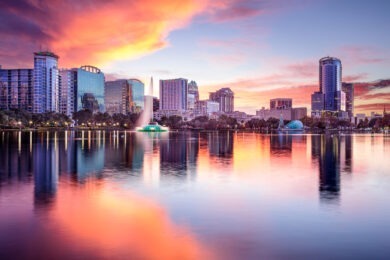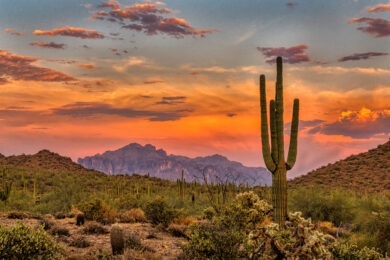More research is needed to substantiate these effects, though
Conventions customarily are viewed as opportunities for people to share and enrich their knowledge about a particular field or interest, network with others and experience some of the top features of the destination.
Actually, conventions play a much greater, more dynamic role as convention and visitors bureaus collaborate with local governments, economic development agencies, academic and scientific institutions, local business improvement districts and others to accelerate economic development and drive innovation.
This was one of the central findings of a new report, Defining Conventions as Urban Innovation and Economic Accelerators, from Meetings Mean Business (MMB) and Skift.
“The meetings industry is becoming a global innovation distribution channel,” says Richard Harper, co-chair of Meetings Mean Business and executive vice president of HelmsBriscoe. “To put it more simply, when destinations host conventions, money is pumped into local economies, helping to drive long-term economic development and innovation. This can lead to the development of advanced and creative industry sectors, as shown by the many case studies throughout the report.”
Many city leaders are working with CVBs as they aggressively attempt to commercialize the innovative ideas that are generated at conventions much more systematically for the benefit of their local community, according to the report. For example, tech, scientific and engineering conferences in Chicago led to the creation of 1871, a tech incubator developed by World Business Chicago that includes hundreds of local organizations.
Need For More Research
Some cities—such as Portland, Oregon (clean tech) and Washington, D.C. (health-care IT)—have carved an innovative tech niche for themselves. Conventions give their governments, economic development agencies, academics and researchers an opportunity to have face-to-face interactions with participants, thereby accelerating progress and potentially expanding their talent pools.
A poll of 25 U.S. CVB executives contained in the report asked how much importance they placed on 15 different economic impacts of conventions on their community’s long-term growth. They regarded “motivate attendees to return as tourists” as most important, as might have been expected. But the next two on the list were “position the destination as a regional hub of innovations” and “attract outside talent in knowledge and creative industries.”
CVBs invariably face the challenge of demonstrating the lasting benefits of conventions, however. A majority of the executives surveyed for the report believe that if their CVB was better able to demonstrate the long-term economic impact of conventions, it would validate requests for more public funding.
“Short-term benefits are easier to measure and quantify, since they are hard facts and figures, like how many hotel rooms were booked or how much tax revenue was generated,” Harper says. “By and large, there is a consistent methodology and approach to this across the industry. Most cities I work with do a good job of it, but there is always more you can do, which is part of the reason we formed MMB—to tell the holistic story.
“[Tracking long-term impacts] is a new area and not as straightforward as the direct economic impact from a conference. The type of legacy impact also varies by conference and destination, so there isn’t a consistent model we can use. But this report is a big step.”
Long-Term Benefits of Conventions
The report outlines six of the legacy impacts of conventions. They:
• Implement local and state government initiatives to drive development of industry sector clusters.
• Improve destination brand lift to position a city as a hub of innovation in specific industry sectors.
• Provide a marketing showcase to promote the region’s advanced industry, creative and academic expertise to companies worldwide.
• Encourage corporate expansion, relocation, and/or reinvestment into a region to grow the volume of high-value jobs and increase the local tax base.
• Provide a platform for developing new academic, technological and scientific knowledge-sharing to strengthen a region’s innovative economy and commercialize new ideas.
• Motivate convention delegates to return as leisure visitors or part- or full-time residents.
Harper contends that it is critical to measure how conventions stimulate creativity.
“I think if we can figure out a way to measure increases in innovation and knowledge sharing, long-term research can come together in a more meaningful way,” he says.
Next Steps
The report emphasizes that CVBs and universities need to work together to establish a process whereby serious academic research is streamlined into actionable information that is more accessible to the industry.
“Academic research with clear policy directives is the only way that convention bureaus, economic development agencies and governments can better evaluate the long-term economic impacts of conventions, and develop new strategies to build on their value moving forward,” the report says.
Meetings Mean Business will be heavily involved in future efforts.
“MMB will continue to work with the coalition and industry partners to support additional content and case studies, as well as on advancing the framework to accurately and consistently measure legacy impacts,” Harper says.




